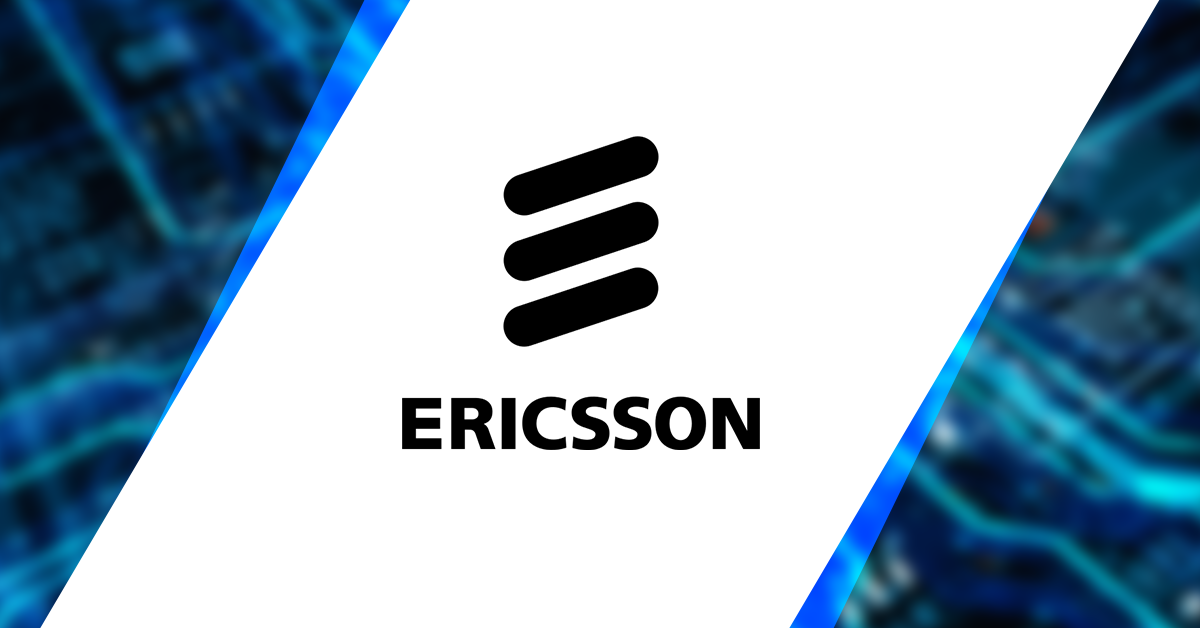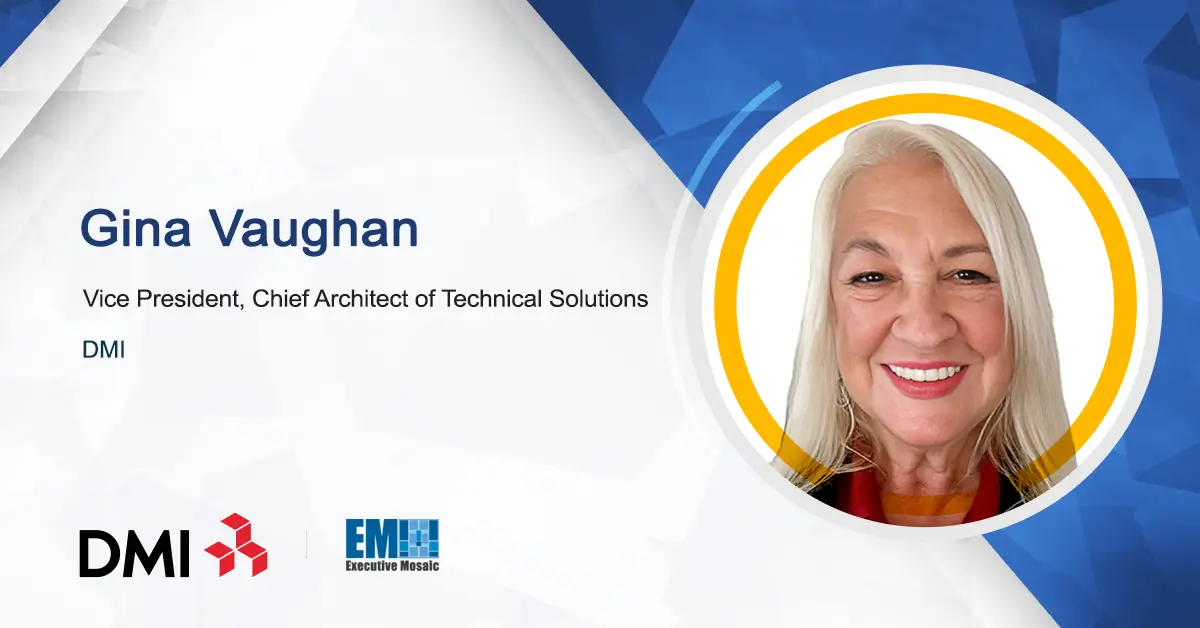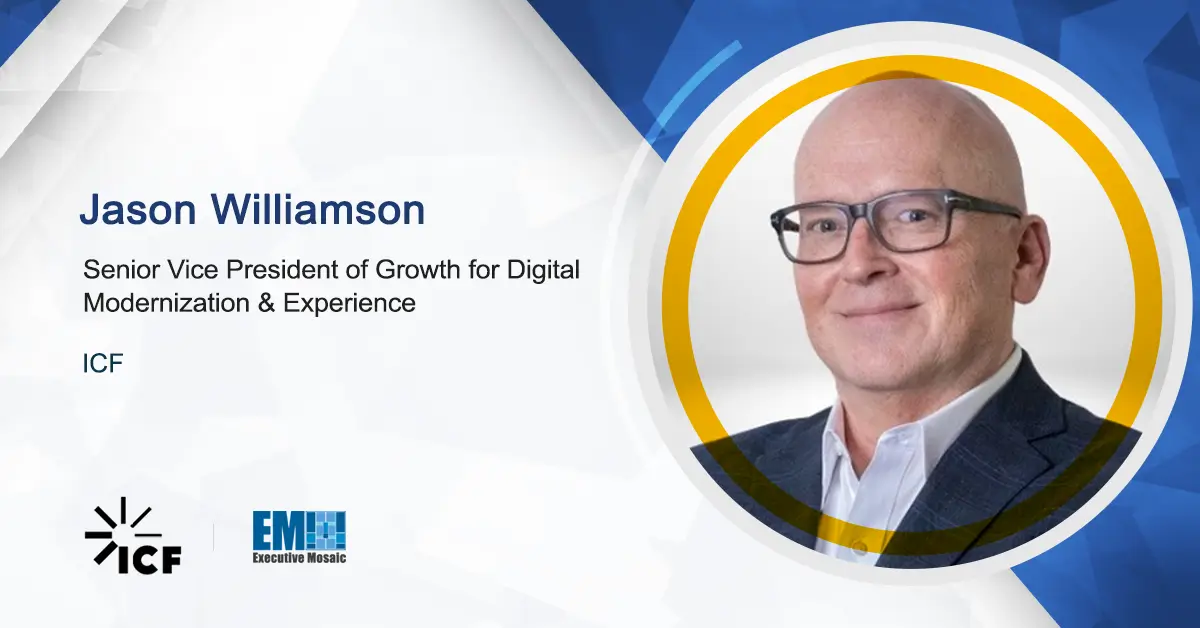Contemporary healthcare, despite technological advancements and innovation, can often be mired in confusing and duplicative processes for the user. That’s why the Department of Veterans Affairs is focusing on decreasing the size of questionnaires and simplifying their flagship smartphone app, VA Health and Benefits.
Lauren Alexanderson, the agency’s deputy chief technology officer of health delivery in the Office of Information and Technology, said that the VA is working to make basic needs like veteran proof, checking claim status and communicating privately with doctors quick and easy on the app. Alexanderson participated in a panel discussion at Wednesday’s Healthcare Summit, from Potomac Officers Club.
The deputy CTO, who is a veteran herself, said that many users report simply logging into the VA website is a “royal pain and we know that.” It’s “something that we’re actively working on.”


When a new company is applying for certification from the FDA, Habash said the “human factor” is now a big determinant for approval.
“An application can be denied because it doesn’t have enough ‘human factor’…it’s become a very important part of the process now from inception, to start thinking about your user when you’re designing a product,” Habash shared.
A wearer of many hats, Habash also moonlights as an entrepreneur who helped create and popularize the Hippa Chat tool, a communication interface for medical practitioners and their patients. The FDA Digital Health Expert is a big believer in how technology can aid doctors and expedite processes, effectively bringing the focus back to the patient.


She reportedly coined the term augmented intelligence, distinct from artificial intelligence for how it aids humans in tasks but does not replace human involvement. Augmented intelligence, according to Habash, can improve things like transcription of referral notes and various other examples of “busy work” by taking care of these repetitive duties so that doctors can concentrate on their patients.
Habash attests that augmented intelligence tools will rapidly assimilate to a patient’s preferences, such as whether to call them by their first name or last name, specific treatment protocols and more.
Other variations of AI, such as large language models, could then assist by writing a summary note that’s scaled to a patient’s education or language. Similarly, they have the ability to help with real-time translation, which can be crucial for patients and doctors with language barriers. This all contributes to devising what Habash deems a “tailored, customized patient education.”
Learn about more ways AI is pushing government efficiency and effectiveness forward at Potomac Officers Club’s 2024 AI Summit. The in-person March 21st event will take place in the Tysons Corner, Virginia area and is essential for any government contracting community members who want to stay current with the latest breaking technologies. Register here now!










